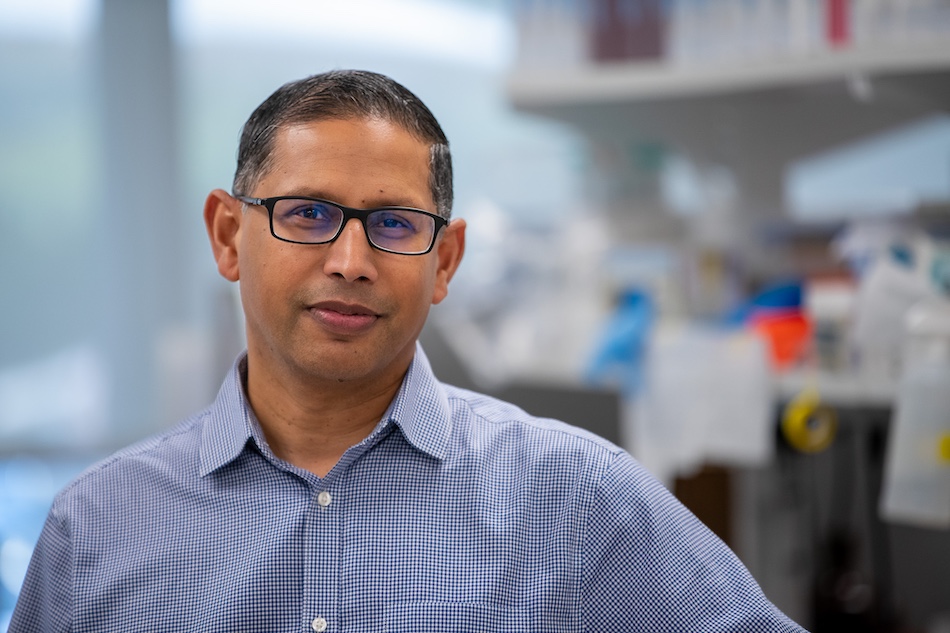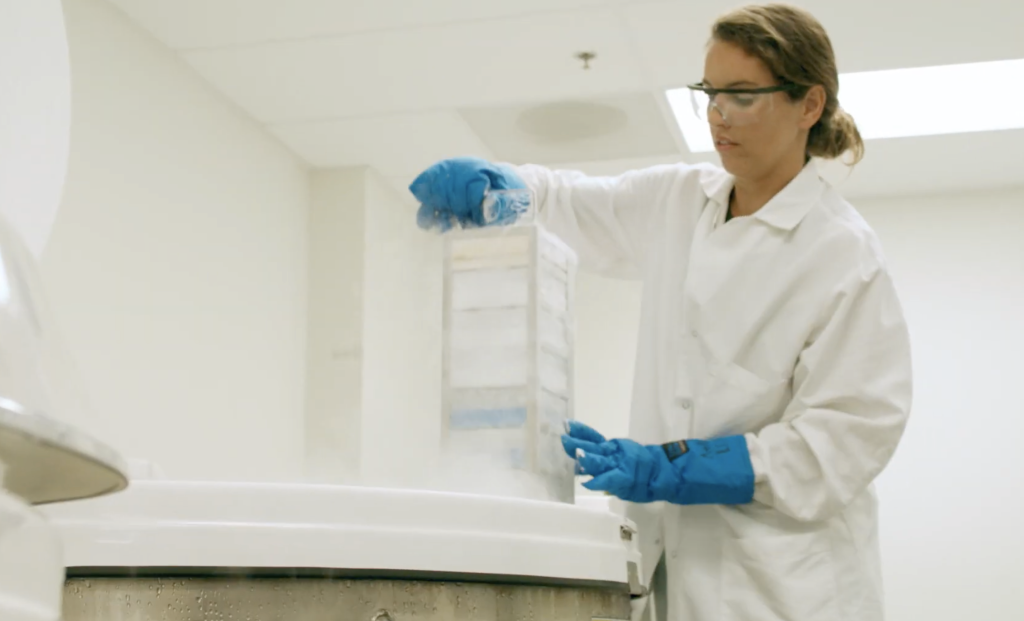Virulent isolates of CMV encode the ul144 orf, and we identified UL144 as an orthologue of the herpesvirus entry mediator (HVEM), a member of the TNF receptor superfamily. When the immune checkpoint inhibitor B and T lymphocyte attenuator (BTLA) was identified as a ligand for HVEM, we showed that UL144 was a specific binding partner for BTLA, and not the other known HVEM ligands LIGHT, LTa and CD160. Strikingly, UL144 inhibits the activation of human T cells to a much greater degree than does HVEM, highlighting how CMV has evolved novel ways to inhibit antiviral immune responses. We have recently shown that UL144 is expressed in myeloid cells latently infected with HCMV, strongly suggesting that this viral protein plays a key role in promoting persistence of this virus in humans. In addition, UL144 can suppress the function of human natural killer (NK) cells by binding to BTLA. Further studies regarding the functional consequences of the UL144-BTLA interaction, both during lytic and latent infection, are a topic of current interest for our lab.
CMV Targets the Immune Checkpoint Inhibitor BTLA
About La Jolla Institute
The La Jolla Institute for Immunology is dedicated to understanding the intricacies and power of the immune system so that we may apply that knowledge to promote human health and prevent a wide range of diseases. Since its founding in 1988 as an independent, nonprofit research organization, the Institute has made numerous advances leading toward its goal: life without disease. Visit lji.org for more information.
Share this Article:
- Institute News
Lee aims to develop new tool to fuel cancer immunotherapy research
- Research News
Future drugs could target specialized T cells to help the body fight tumors, infections, and more
- Institute News
LJI researchers receive WHAM Edge Awards to study how sex-based differences in the immune system affect patients


